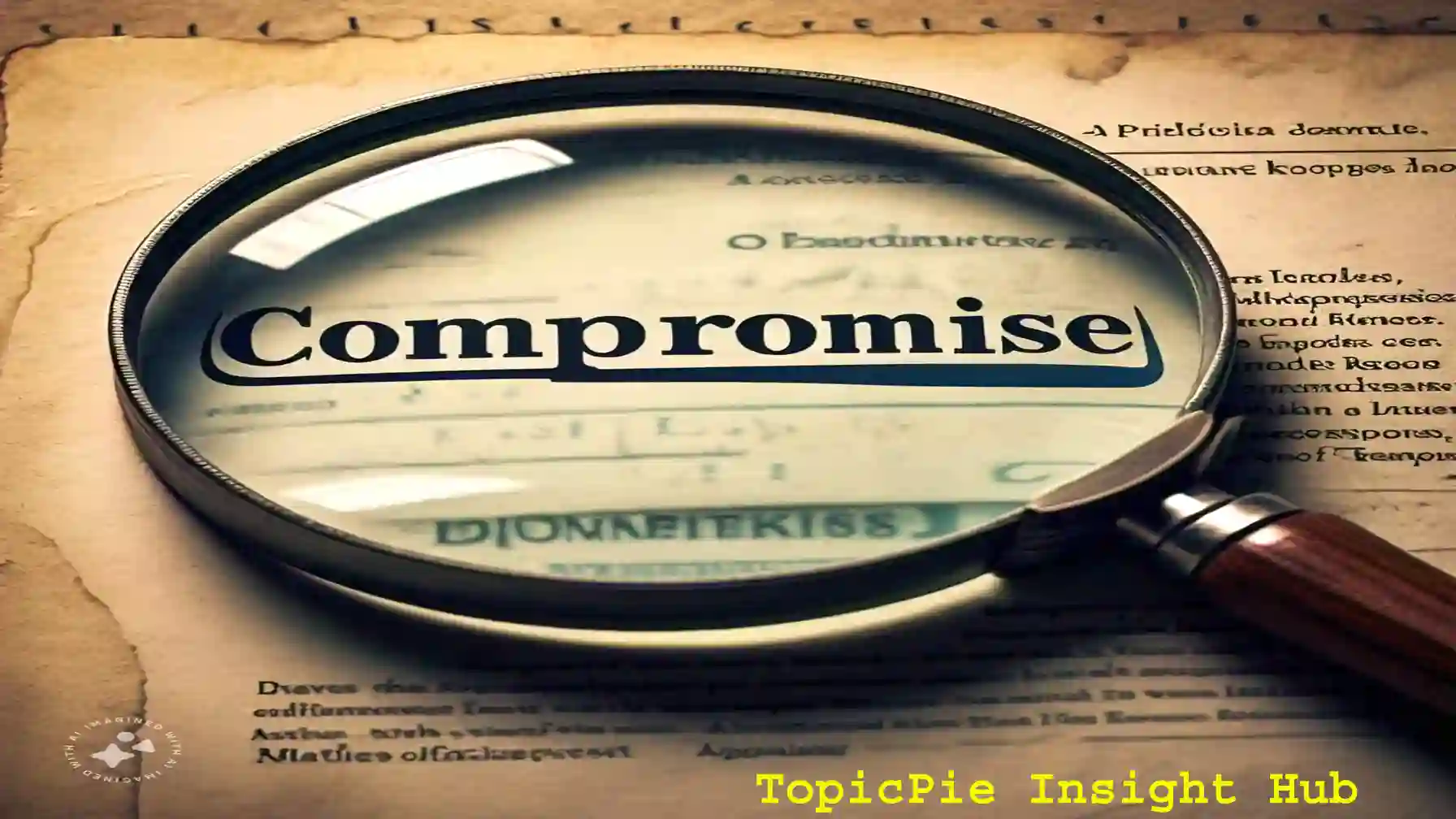Leap Year Birthday: The Quadrennial Quirk
Every four years, the calendar gifts us an extra day: February 29th. This day is more than just a date; it’s a phenomenon that intrigues and delights. For those born on this day, known as leaplings, it marks the occasion of a leap year birthday. Unlike any other birthday, it’s a celebration that occurs once every four years, making it an event of rare joy and curiosity.
So, what exactly is a leap year birthday? It’s the birthday celebration for individuals born on February 29th, a date that only appears in our calendar every four years to correct the mismatch between our calendar year and the solar year. This day balances our calendar, ensuring that it stays in line with the Earth’s revolutions around the Sun.
The significance of February 29th extends beyond its role in calendar correction. It imbues a sense of uniqueness and rarity for those who celebrate their birthdays on this day. Leaplings celebrate their real birth date every four years. This day occupies a unique position in their affections. It also stands out in the calendar. Leap year birthdays give leaplings a unique identity. They feel a mix of pride and joy. There’s also a touch of whimsy in their celebrations.
In this introduction to leap year birthdays, we delve into what makes February 29th so special. It’s not just a calendar curiosity. It’s a day that unites people. They celebrate a rare and extraordinary event. For leaplings, it’s about the joy and significance. Each quadrennial celebration is unique and special.
The Science Behind Leap Year Birthdays:
Why Leap Years Exist?
Leap years play a crucial role in our calendar system, addressing a unique astronomical challenge. The Earth doesn’t orbit the sun in exactly 365 days; it takes about 365.25 days [(365 + 0.25) days] This extra time (0.25 days) accumulates, causing our calendar to drift from the solar year. To correct this drift, we add an extra day every four years [4 x 0.25 = 1 day], marking February 29 as Leap Day. This adjustment ensures our calendar stays in alignment with Earth’s orbit around the sun. Without leap years, our seasons would shift, leading to long-term discrepancies between the calendar and astronomical events. It’s a simple solution to a complex problem, ensuring our timekeeping remains accurate year after year.
Calculating Leap Years
Determining which years are leap years involves a straightforward formula. A year qualifies as a leap year if it is divisible by 4 without remainder. However, there’s an exception to this rule. Unless they are divisible by 400, years divisible by 100 do not qualify as leap years. This means the year 2000 was a leap year, but 1900 was not. These rules refine our calendar further, compensating for the fact that a year is not exactly 365.25 days, but rather, approximately 365.2425 days. By following this formula, we ensure that our calendar closely mirrors the Earth’s orbit, maintaining the seasonal alignment that our ancestors observed thousands of years ago.
The Rarity of Leap Year Birthdays:

A Unique Birth Date
Leap Year Birthdays are a phenomenon as intriguing as they are rare. Occurring only once every four years, these special birthdays mark an exclusive club. Statistically, leap year birthdays—celebrated on February 29—happen to approximately 1 in 1,461 people. This rarity imbues leap year birthdays with a sense of uniqueness and distinction.
Globally, leaplings—as those born on February 29 are affectionately known—share their special day with fewer than 5 million people worldwide. This global distribution creates a fascinating tapestry of individuals, each with their own unique stories, united by this quadrennial birth date. Such a widespread yet sparse distribution highlights the singular nature of leap year birthdays, making each celebration a unique testament to the quirks of our calendar.
Leap Year Birthday Records
Leap Year Birthdays not only carry the charm of rarity but are also enshrined in various historical records and tales of notable individuals. Throughout history, leaplings have made their mark, with figures such as Gioachino Rossini, the famous Italian composer, and Ja Rule, the American rapper, sharing this unique birthday characteristic.
These records serve as a testament to the impact leaplings have had across different eras and sectors. From the arts to politics, their quadrennial celebrations underscore a unique narrative thread in the tapestry of human history. Moreover, anecdotes and records related to Leap Year Birthdays often highlight the creativity and adaptability of those celebrating this distinctive day, further enriching the cultural and historical significance of February 29.
Celebrating a Leap Year Birthday:
Celebrating a Leap Year Birthday holds a charm unlike any other. For those born on February 29, their birthday rolls around only once every four years, making it a unique event. Let’s delve into the nuances of these celebrations, both in leap years and non-leap years, and uncover the traditions that make them so special.
In Leap Years
The Uniqueness of Celebrating on February 29
Celebrating a birthday on February 29 is a rare delight. Leaplings, as they are affectionately known, experience a birthday celebration that’s both unique and scarce. This rarity makes the day incredibly special, not just for the leaplings but also for their families and friends. The anticipation builds up over four years, leading to a celebration that’s often grander and more memorable than annual birthdays.
Families and friends go to great lengths to make leap year birthdays unforgettable. From themed parties that play on the number four to once-in-four-years adventures, the day is marked by joy and uniqueness. The leap year itself adds a layer of excitement, making every leapling’s birthday a significant and eagerly awaited event.
How Leaplings and Their Families Make the Day Special
Making the day special involves creativity and thoughtfulness. Many leaplings receive gifts that are symbolic of the number four or that represent the extra day in the year. Parties might include games and activities that play on the leap year theme, such as “leapfrog” contests or time capsules to be opened on the next leap year.
Families also often recount the story of the leapling’s birth, highlighting the uniqueness of their entry into the world. This storytelling adds a personal touch to the celebrations, reinforcing the special bond between leaplings and their loved ones.
In Non-Leap Years
The Debate Between Celebrating on February 28 vs. March 1
In non-leap years, leaplings face a peculiar dilemma: when to celebrate? Some choose February 28, enjoying the last day of February as their honorary birthday. Others opt for March 1, marking the day after February 29. This debate often hinges on personal or family tradition, with some leaplings sticking firmly to one side throughout their lives.
Cultural and Personal Preferences in Birthday Celebrations
Cultural and personal preferences play a significant role in this decision. In some cultures, the legal recognition of February 29 births shifts the celebration to March 1 in non-leap years. On the other hand, personal preference and family tradition might lean towards February 28, keeping the celebration within the birth month.
Leaplings themselves often have strong feelings about their birthday date in non-leap years, with some even alternating between the two dates to spread the joy and uniqueness of their celebration over both days.
Traditions and Parties
Unique Traditions Leaplings Follow
Leap year birthday traditions are as unique as the leaplings themselves. Some families bake a cake every year but save the big party for the actual leap year. Others might send a special leap year card or message to leaplings, marking the occasion even in non-leap years.
Memorable Leap Year Birthday Parties
Every four years, leap year parties become the talk of the town. These parties are often elaborate, with detailed planning that makes the most of the quadrennial celebration. From leap year-themed decorations to activities that celebrate the number four, these parties are a joyous acknowledgment of the leapling’s unique place in the calendar.
One memorable tradition involves leaplings throwing a party that’s four times as big, inviting friends and family to celebrate in a way that’s impossible to forget. These parties not only celebrate the current year but also the past four years of growth, achievements, and experiences.
Celebrating a leap year birthday, whether in leap years or non-leap years, offers a mix of uniqueness, tradition, and joy. Leaplings and their families embrace the rarity of their birth date, creating memories and traditions that last a lifetime.
The Legal and Social Implications of Leap Year Birthdays:

Legal Age and Official Documents
Leap Year Birthdays present unique challenges in legal and official contexts. Governments worldwide have developed varied approaches to recognize these special dates in non-leap years. Typically, leaplings officially “age” on March 1st in common years, aligning with the idea that February 29th follows February 28th. This practice ensures that leap year babies don’t face delays in legal age-related privileges, such as voting or driving.
Real-life examples illustrate the adaptability and sometimes confusion surrounding these policies. For instance, a leapling in New Zealand chose to take his driver’s test on February 28th, arguing it was closer to his actual birthday, while the law suggested March 1st. After a light-hearted debate, authorities allowed the test a day early, showcasing flexibility in interpretation.
Such instances underscore the necessity for clear guidelines while also highlighting the unique stories leaplings have. Their experiences navigating these legal nuances add an interesting layer to their identity, blending the excitement of a rare birthday with the practicalities of everyday life.
Social and Psychological Aspects
Having a Leap Year Birthday carries distinct social and psychological implications. Socially, leaplings often enjoy a unique status, celebrated by friends and family for the rarity of their birth date. These celebrations can become grand events every four years, fostering a sense of anticipation and uniqueness. However, in non-leap years, the choice of celebration date—February 28th or March 1st—can sometimes lead to feelings of exclusion or confusion, especially in childhood.
Psychologically, the infrequency of their official birthdays can make leaplings feel special but also slightly out of sync with traditional yearly milestones. Some report feeling younger due to the fewer number of “actual” birthdays celebrated, which can be both amusing and a bit perplexing, especially during their younger years. Yet, many leaplings embrace their unique birth date, seeing it as a conversation starter and a source of pride.
The duality of leap year birthdays—combining legal oddities with social and psychological nuances—creates a rich tapestry of experiences. These individuals navigate a world not entirely built for their rare circumstance, often with humor, resilience, and a sense of shared identity among fellow leaplings.
Leap Year Birthday Challenges and Benefits:
Leap Year Birthdays offer a blend of unique experiences. While they carry certain challenges, they also present exclusive benefits that make leaplings stand out.
Challenges Leaplings Face
Leap Year Birthdays introduce a set of administrative and social hurdles. For instance, some leaplings encounter confusion with automated systems that don’t recognize February 29 as a valid date. This leads to complications when registering for services or celebrating legal milestones. Imagine waiting an extra day to legally drive or vote! Additionally, social platforms might skip their special day, leaving leaplings without the digital fanfare others enjoy annually.
Personal anecdotes highlight the mix of humor and frustration leaplings face. One leapling shared how they had to explain their birthday to skeptical teachers annually, turning a simple classroom moment into a mini astronomy lesson. Another recounted the awkwardness of celebrating their “10th” birthday while in their 40s, explaining the concept to amused colleagues. These stories underscore the quirky reality of having a Leap Year Birthday.
Also Read: The Magic of VFX: Shaping Cinematic Realities
Unique Advantages
Yet, Leap Year Birthdays aren’t without their perks. Many leaplings embrace their rare birth date, leveraging it for memorable celebrations. Every four years, they have the opportunity to throw grand parties that mark their official birthdays, making each event more special and anticipated than annual celebrations.
Moreover, leaplings often experience a unique sense of community. Online forums and social networks abound with individuals sharing this peculiar birthday, offering a space for connection and shared experiences. This sense of belonging is a distinct advantage, creating lifelong friendships and support networks.
Having a Leap Year Birthday also serves as a fantastic icebreaker. It’s a feature that instantly makes leaplings more memorable, allowing them to stand out in social situations and professional settings alike. This uniqueness can open doors to conversations and opportunities, highlighting the positive aspects of what some might see as a calendrical quirk.
Leap Year Birthday Community and Culture:

Leap year birthdays, occurring only once every four years, create a unique bond among those born on February 29. This section delves into the global community and cultural perspectives surrounding leap year birthdays, highlighting how leaplings connect and the diverse beliefs that various cultures hold about this rare occasion.
A Global Community
The digital age has fostered a vibrant community for those with a leap year birthday. Online forums and social networks are bustling with “leaplings,” sharing their experiences and planning celebrations. These platforms offer a space for leap year babies to connect, exchange stories, and offer advice on navigating the quirks of their special day. Additionally, leap year birthday clubs and special events provide an opportunity for leaplings to meet in person, celebrating their rare birthdays in grand fashion. From exclusive parties held every four years to global meet-ups, these gatherings reinforce the sense of camaraderie and shared identity among leap year babies.
Cultural Perspectives
Culturally, leap year birthdays carry a mix of superstitions and beliefs across the globe. In some cultures, being born on February 29 is considered extremely lucky, signifying a life of prosperity and uniqueness. Others view leaplings as having special talents or destinies, attributing mystical qualities to their rare birthdate. However, not all beliefs are positive; some traditions associate leap year birthdays with challenges or oddities. Despite these varied perspectives, leap year birthdays remain a fascinating topic of cultural significance, illustrating how societies imbue time and calendars with deeper meanings and interpretations. These cultural views add to the mystique and allure of being born on such an uncommon day, making leap year birthdays a subject of curiosity and celebration worldwide.
Conclusion: Celebrating the Uniqueness of Leap Year Birthday
In wrapping up our exploration of the leap year birthday phenomenon, we’ve uncovered the layers that make February 29th so extraordinary. Leap year birthdays, occurring only once every four years, offer a blend of rarity, tradition, and legal curiosity that few other birthday dates can claim. This exploration has not only highlighted the scientific basis of leap years but also delved into the cultural, legal, and personal dimensions of being born on this unique day.
Celebrating a leap year birthday carries with it a sense of joy and uniqueness. Leaplings, as they are affectionately known, often find creative and meaningful ways to mark their quadrennial birthday. Whether through grand parties in leap years or choosing between February 28th and March 1st in common years, the celebration of a leap year birthday is always a momentous occasion. It’s a testament to the human spirit’s capacity for adaptability and celebration, even (or especially) when faced with the unusual and the rare.
Moreover, the leap year birthday community illustrates how shared experiences can forge connections and create a sense of belonging. Online forums and social media have enabled leaplings worldwide to share stories, advice, and laughter, further enriching the leap year birthday experience.
As we conclude, it’s clear that being a leapling is more than just a quirk of the calendar. It’s a unique journey filled with challenges, advantages, and a lot of fun. Leap year birthdays remind us of the beauty in the unusual and the importance of celebrating every aspect of our lives, no matter how rare or common. Here’s to all the leaplings out there – may your birthdays, whenever and however you celebrate them, be filled with joy, uniqueness, and the warmth of community.
You may also like to Read: Discovering Miniature Cows: The Pocket-Sized Powerhouses of Sustainability








